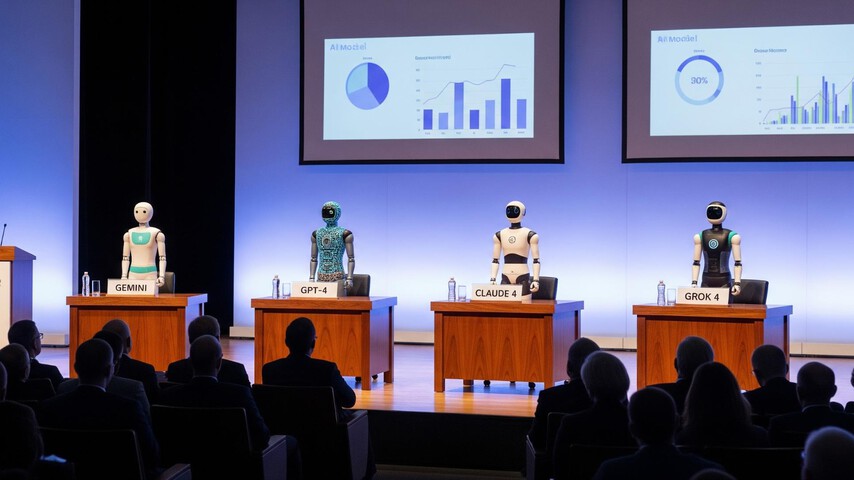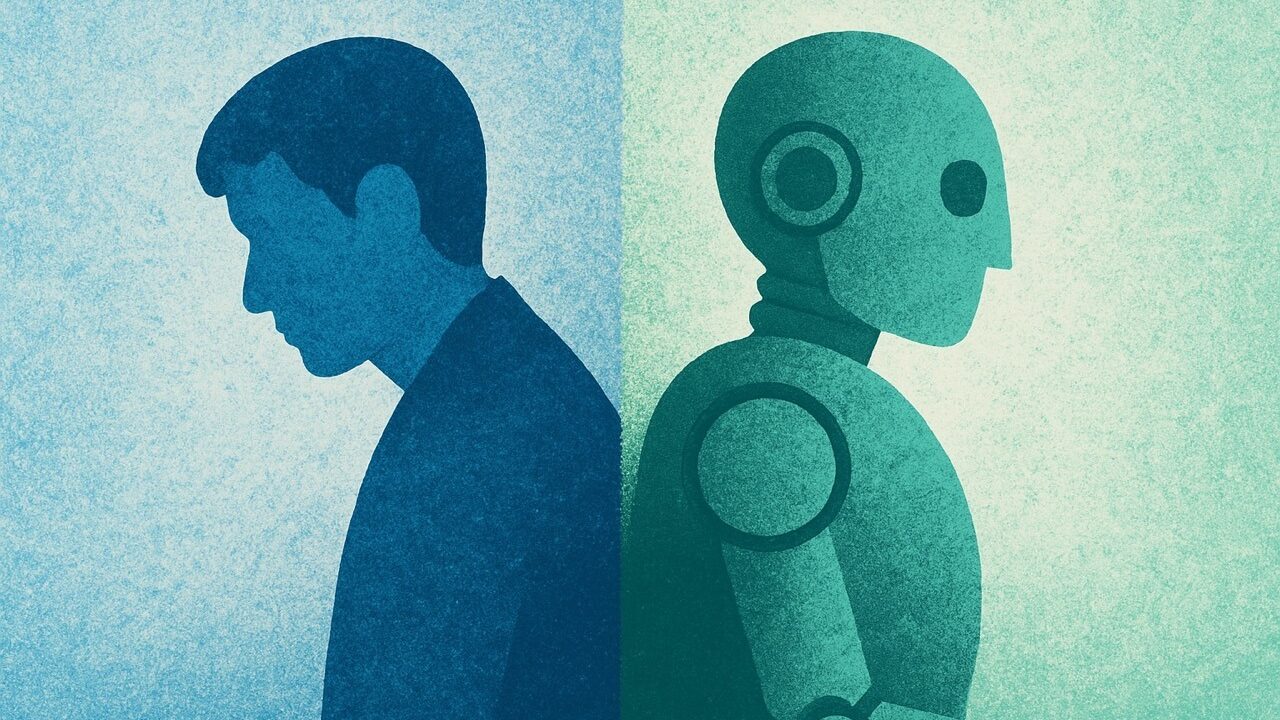AI Sparks 2Pac-Kendrick-Drake Diss Track Era
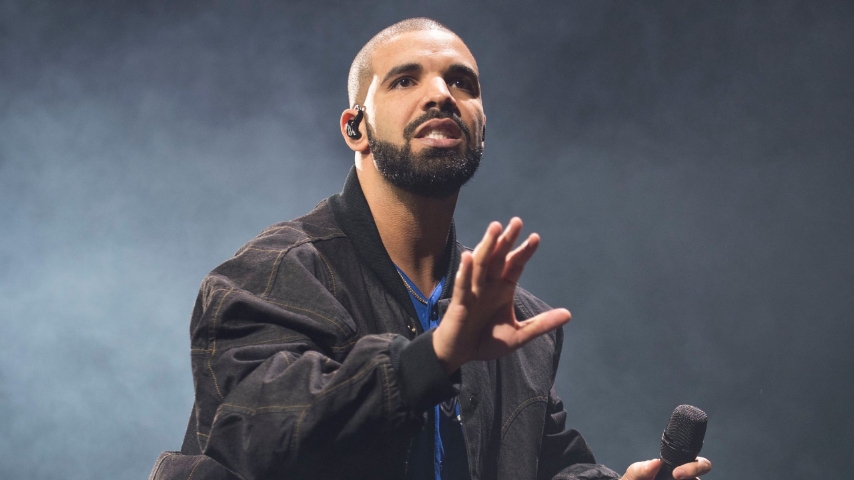
Artificial Intelligence
2-minute read
A24, renowned for its independent films, recently faced criticism for using AI-generated promotional posters. Critics argue that this move contradicts the studio's commitment to artistic cinema and its pursuit of niche, original projects.
Is there truly a conflict between the authentic spirit of art and the perceived 'plagiarizing' nature of AI? This question gains relevance in light of recent developments in the music industry involving rap mogul Drake. His new track, "Taylor Made Freestyle," has sparked discussions within the hip-hop community, notably for its references to 2Pac Shakur and Snoop Dogg.
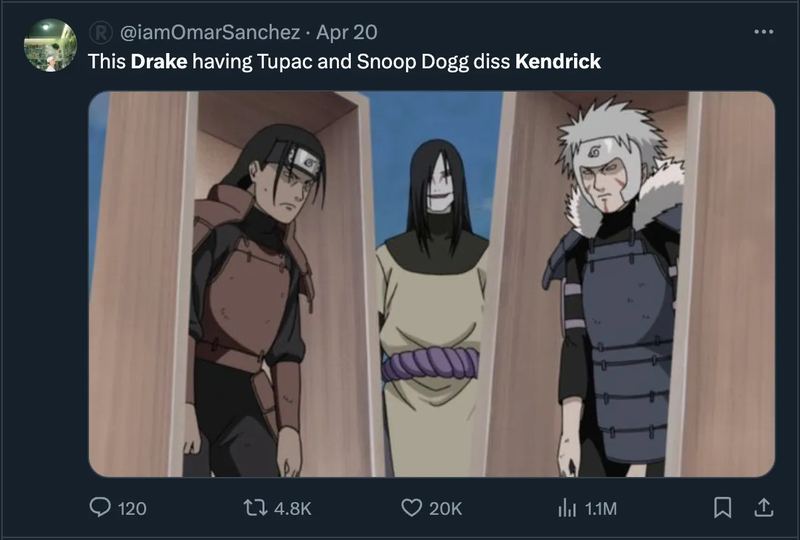 An internet user's illustration depicting Drake's "Impure World Reincarnation" technique, a metaphorical representation used in his song. (Source: X)
An internet user's illustration depicting Drake's "Impure World Reincarnation" technique, a metaphorical representation used in his song. (Source: X)
Drake's Sophisticated Use of AI
The context here is quite layered. "Taylor Made Freestyle" marks the latest installment in the ongoing series of diss tracks fueling the feud between Drake and Kendrick Lamar. Tensions escalated following Kendrick's pointed remarks in his March release, "Like That." Once collaborators and tour mates, the two artists have had a tumultuous relationship since Kendrick first targeted Drake in his 2013 track "Control."
In "Taylor Made Freestyle," Drake employs AI to replicate the voices of the late West Coast rap icon 2Pac Shakur and the still-active Snoop Dogg. The track features AI-generated verses from 2Pac and Snoop Dogg, culminating in Drake's own bars. This approach not only bridges three generations of rap but also infuses the production with a legendary flair.
Moreover, 2Pac Shakur, revered as one of the greatest rappers and an idol to Kendrick Lamar, is central to this controversy. Drake's decision to "resurrect" Kendrick's hero using AI for a diss track has elicited mixed emotions, though the fan reactions are generally positive. The track cleverly alludes to recent ghostwriting allegations against Kendrick, specifically referencing "N95" from his 2022 album "Mr. Morale & the Big Steppers." It uses 2Pac as a "ghost" to satirize the controversy, a move that fans consider a masterstroke of wordplay.
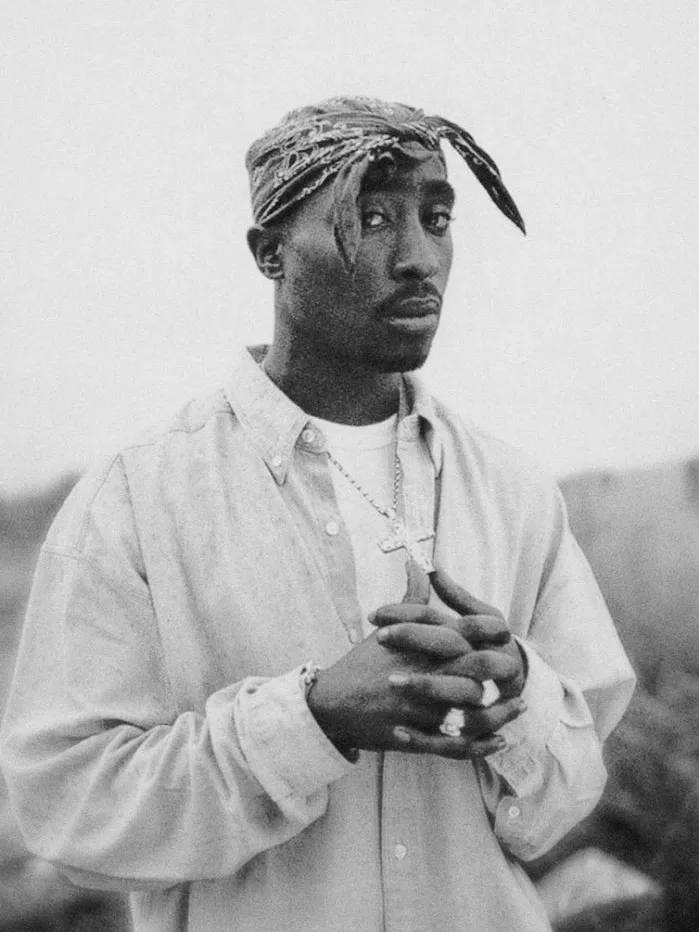 Tupac Shakur's lyrics frequently address police violence and racial inequality, and his musical prowess is highly praised. Considered one of the greatest rappers in history, his untimely death only further cemented his legendary status. (Source: Wiki CC BY-SA 4.0)
Tupac Shakur's lyrics frequently address police violence and racial inequality, and his musical prowess is highly praised. Considered one of the greatest rappers in history, his untimely death only further cemented his legendary status. (Source: Wiki CC BY-SA 4.0)
Does AI Align with the Spirit of Rap?
Drake is now facing legal threats from 2Pac's estate and criticism from some sectors of the rap community. Critics on platforms like Reddit have voiced concerns that such tactics might undermine the integrity of the art form.
Complicating matters further, Drake has seemingly reversed his previous stance against AI in music, now using AI-generated voices as a strategic element in his tracks. This shift has ignited additional controversy, with critics questioning the ethical implications of using a deceased artist's voice. One critic expressed, "We already have enough fake news; the last thing we need is dead people's voices in diss tracks."
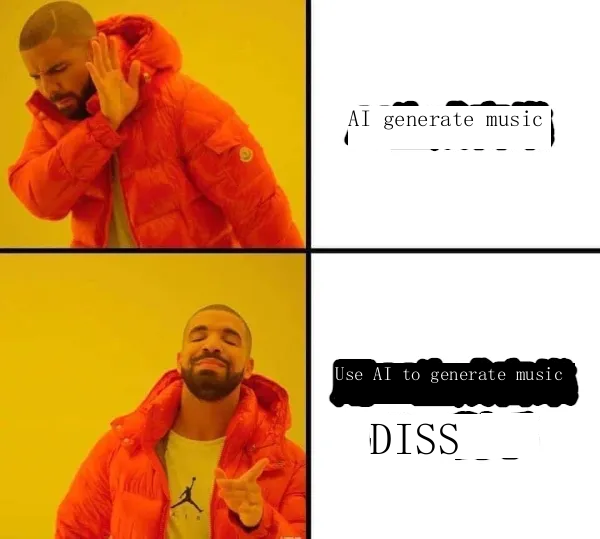
The most perplexing aspect might be the involvement of Snoop Dogg, who was unexpectedly drawn into the fray for no apparent reason, and Taylor Swift, referenced simply because she released music at the same time. For Snoop Dogg, who is still alive, being metaphorically "resurrected" through AI must be bewildering, as evidenced by his Instagram post filled with emojis "🤷🏾♂️🎤👀🤣⏰ 🤖" that express his bemusement.
This situation leads to broader questions about the future of rap. Is the use of AI or ghostwriters destructive to an art form that is fundamentally grounded in personal expression? Does employing the voices of the deceased blur ethical lines, or is it a clever utilization of new technology? As the industry contends with these issues, Drake's case could serve as a bellwether for public sentiment towards the role of AI in music.
